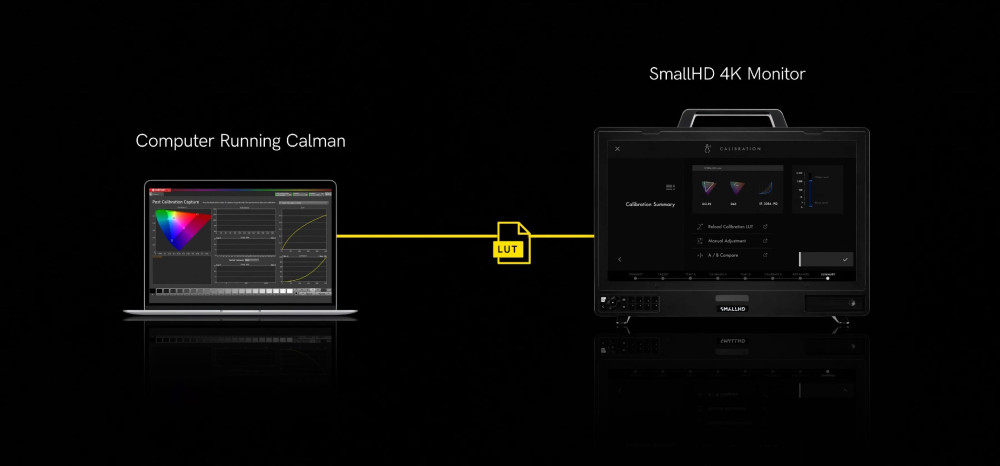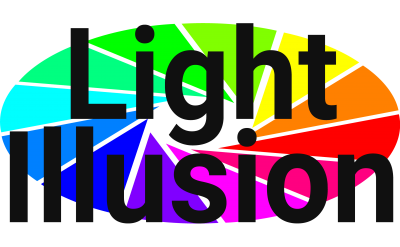The Real Cost of Calibration

Author: Bob Pank#
Published 1st April 2010
Calibration is the cornerstone of measurement confidence. Badly calibrated instruments are liable to produce measurement errors which can then propagate throughout an enterprise and even to the end-user’s product… and beyond! This can have a detrimental effect on a company’s reputation and profits, and could even have legal implications.
The best way to ensure consistent, high performance is to follow a rigorous calibration schedule, adhering to the recommended calibration interval for each particular instrument. Some larger companies may choose to carry out instrument calibration in-house, but the majority of companies (who do not have the technical or logistical capacity to do this) are likely to opt for an external calibration service provider.
Typically, an external calibration vendor might be expected to perform some (or all) of the following services:
§ Verification of specifications using manufacturer-developed procedures
§ Adjustment as necessary to restore performance to specifications
§ Updates to instrument firmware
§ Minor repairs when needed
§ Installation of reliability and safety updates
§ Traceability to national metrology institutes
§ Certificate of Traceable Calibration
§ Maintenance of reverse traceability records
§ Optional test data report
This article examines calibration as a product – a fee-based service sold in an open and competitive market. We will discuss the nature and value of a quality calibration product as it applies to video test instruments.
Price vs. Cost
Calibration services for test instruments are available from providers around the world, and the price of calibration service, even when comparing the same specific task among several vendors, can vary widely. Choosing a calibration provider can therefore be challenging – it is a decision that requires an understanding of both business and technical challenges.
Calibration services are a classic value proposition in which much more than price alone must be considered. Think about the cost of calibration. What is the cost to your business when a “calibrated” instrument is deemed non-compliant because of the vendor’s practices?
Asking the Right Questions
When choosing a calibration service provider, it can be difficult to differentiate between competitors, as often they will feature outwardly similar calibration product offerings in their websites and literature. So what are the key questions you can ask that will help you to identify the best calibration service for you?
Are both providers really doing the same job?
Much has been said about the number of measurements that support a calibration. For example a vendor might claim to perform, say, 100 measurements compared to its competitors’ 50 tests. Common sense implies that more tests are more thorough and therefore better.
This is true to some extent but what is more important is that the right (appropriate) number of tests are made. The simplistic numbers that appear on a report can be misleading. Conceivably a vendor that reports 100 tests is actually performing fewer meaningful procedures than its competitor with 50 tests.
For example a particular calibration procedure may call out five measurements to produce one result. Some calibration vendors may report the single result, whilst another vendor might claim that “more is better” and represent each of the five steps as distinct measurements.
Are both doing the calibration work correctly?
Where do the vendors’ calibration procedures come from? The most rigorous procedures are usually those recommended by the manufacturer, however, these procedures are not required by most calibration standards. If the manufacturer’s steps are more costly to perform, some vendors might omit them to enable lower pricing.
The real cost of relying on a lower-priced but less stringent procedure is difficult to quantify. An incorrect or incomplete calibration might overlook a function that compromises a measurement essential to your product’s performance. Consequences might range from quality problems (such as failure to spot gamut colour violations) to production flaws that necessitate an expensive recall campaign. It is important therefore to choose a vendor that can offer both a thorough understanding of how the instrument really works and a commitment to support the best possible accuracy under exacting test conditions.
Do both maintain equivalent certifications?
Most calibration providers can show documented proof that they are competent and sufficiently equipped to provide the services offered (as this is a requirement of certifying bodies). But, once again, it is important to look beyond the basic assumptions.
For example, some calibration customers and industries require that the certificate provides “identification of the calibration equipment used”. Unfortunately however, there is little guidance as to the way this information should be expressed. Some vendors simply cite an asset tag number from the calibrating device, with no details about the device itself (these details are kept “on file” and are not readily available to the customer). This kind of shortcut can save money for the vendor and enable a lower pricing structure; however the calibrating instrument, though outwardly compliant, may be unsuitable for the job at hand. And the paying customer is one step removed from an “at-a-glance” assurance that high quality tools have been used.
To avoid this problem, look for a vendor that provides a calibration certificate which cites specific traceable instruments and their serial numbers. This identifies the traceability path for your particular instrument.
The traceability and accountability implicit in a vendor’s certification are important not only in practical terms, but also from an administrative and legal standpoint. In a recent instance, an enterprise that had attempted to save money by opting out of a required accredited calibration was prohibited from offering some of its services until traceability was confirmed. In cases like this, the enterprise might be required to notify its own customers that its past services are non-compliant, which in turn might force those users to notify their customers that a product or service might be out of compliance, and so on. Clearly, one decision based on price alone can have huge cost consequences.
Do both have deep expertise and experience with the instruments they calibrate?
Most calibration technicians in independent calibration companies are generalists with technical credentials (degrees or certifications) in their field. This is very cost effective for the calibration vendor but cannot match rigorous product-specific training. Look for a vendor who can offer technicians with a higher level of product-specific expertise. Ideally the calibrations should also have access to product design engineers to resolve difficult problems.
Are both able to meet their delivery commitments?
An important consideration is the turnaround time required to complete the calibration process, and how reliably they can meet this commitment. Don’t forget that measurement tools “earn their keep” in the engineering lab or production line, so every day that an instrument is out of action during calibration represents an additional cost to you.
Do both offer clear documentation to substantiate their results?
The calibration certificate is the most tangible evidence that an instrument has been calibrated. The certificate is frequently offered as proof that the calibrated instrument is not only within factory specifications but also is compliant with industry standards.
Unfortunately, not all calibration certificates represent the same level of quality, and there is no uniform calibration certificate template. Specific content is mandated by standards such as ANSI/NCSL Z540-1-1994 (R2002), ISO/IEC/EN 17025 and others, but the certificate certifies only the most basic adherence to these standards. It is important to understand what lies behind the entries on the certificate.
Look for a vendor which can offer documentation that complies with both the letter and the spirit of these standards. Useful information might include specifics such as the serial numbers for the calibrating instruments, environmental conditions and calibration procedure used.
Most calibration vendors offer some form of Test Data Report to supplement the calibration certificate. This document provides a detailed accounting of the actual measurements performed and their readings, but here again there is no fixed format for the report. Comprehensive reports often extend to 20 pages or more, but a mass of uncollated data can be difficult and time-consuming to interpret. Without some degree of organisation and cross-referencing within the Test Data Report, it may be almost impossible to determine whether every function has been properly tested and/or adjusted.
It is best to find a vendor which offers reports with categorised information, as this ensures that each measurement result can be easily associated with a specific function and requirement. Information should be formatted for ease of use and interpretation.
Do both vendors meet internationally-accepted standards?
Your instrument needs to be calibrated to globally-accepted standards so that its results – the results that impact your product’s quality – can be trusted. Compliance with regional and international standards is a key end-product of any credible calibration procedure as together these standards ensure a reasonable degree of consistency in business and technical practices in the calibration industry.
Is the service offered convenient for you?
Whilst technical capabilities are, of course, of vital importance when choosing a calibration service provider, there is one final consideration of equal importance which should not be forgotten – convenience. This is highly subjective and will depend on your individual needs, but possible considerations might include flexibility of service delivery (e.g. depot vs. on-site calibration), fast-track service options and progress tracking tools.
Conclusion
Choosing a calibration provider for your test instrumentation is a crucial decision in a world where accuracy and precision of measurement is critical to providing the best service. Pricing across vendors will vary widely, but it is important to look beyond the price alone and to ask for details about the procedures, facilities, and skill sets that will go into calibrating your instrument. Ask about traceability and quality management. Take a tour of the lab where the work will be done. And always remember that price isn’t the same thing as cost.























